Charles Bell’s treatise The anatomy and philosophy of expression as connected with the fine arts of 1844 was intended primarily for artists as a guide to the representation of expression, understood in terms of man’s internal life, both physiological and emotional. Fundamentally, Bell believed that knowing how bodily functions led to the expression of emotion would enable artists to better represent such emotions in their art. Bell’s aesthetics were in line, to an extent, with the classical ideal of proportional beauty. However, he insisted that understanding man’s bodily mechanisms should take priority over ideas about formal beauty.
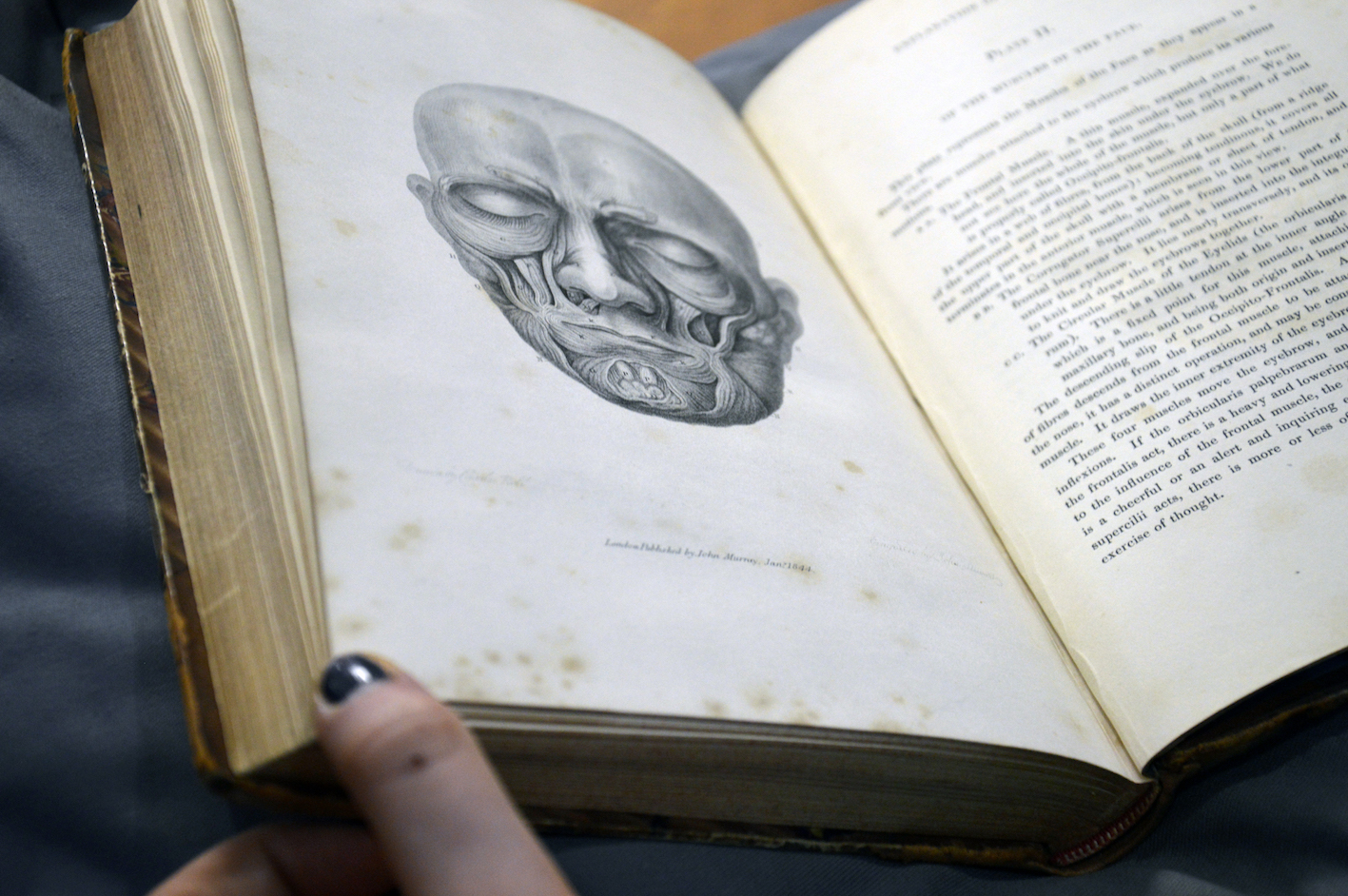
Given that Bell’s book was primarily a handbook for artists, it is important to consider the visual means by which he chose to demonstrate this information. The book is heavily illustrated, with images integrated in and around the text. Additionally, quotations are distributed throughout the treatise alluding to various literary sources including Shakespeare and Spencer. Bell’s inclusion of literary references alongside his explanation of the physiology of expression reflects the still relatively porous boundaries between humanistic and scientific discourses.
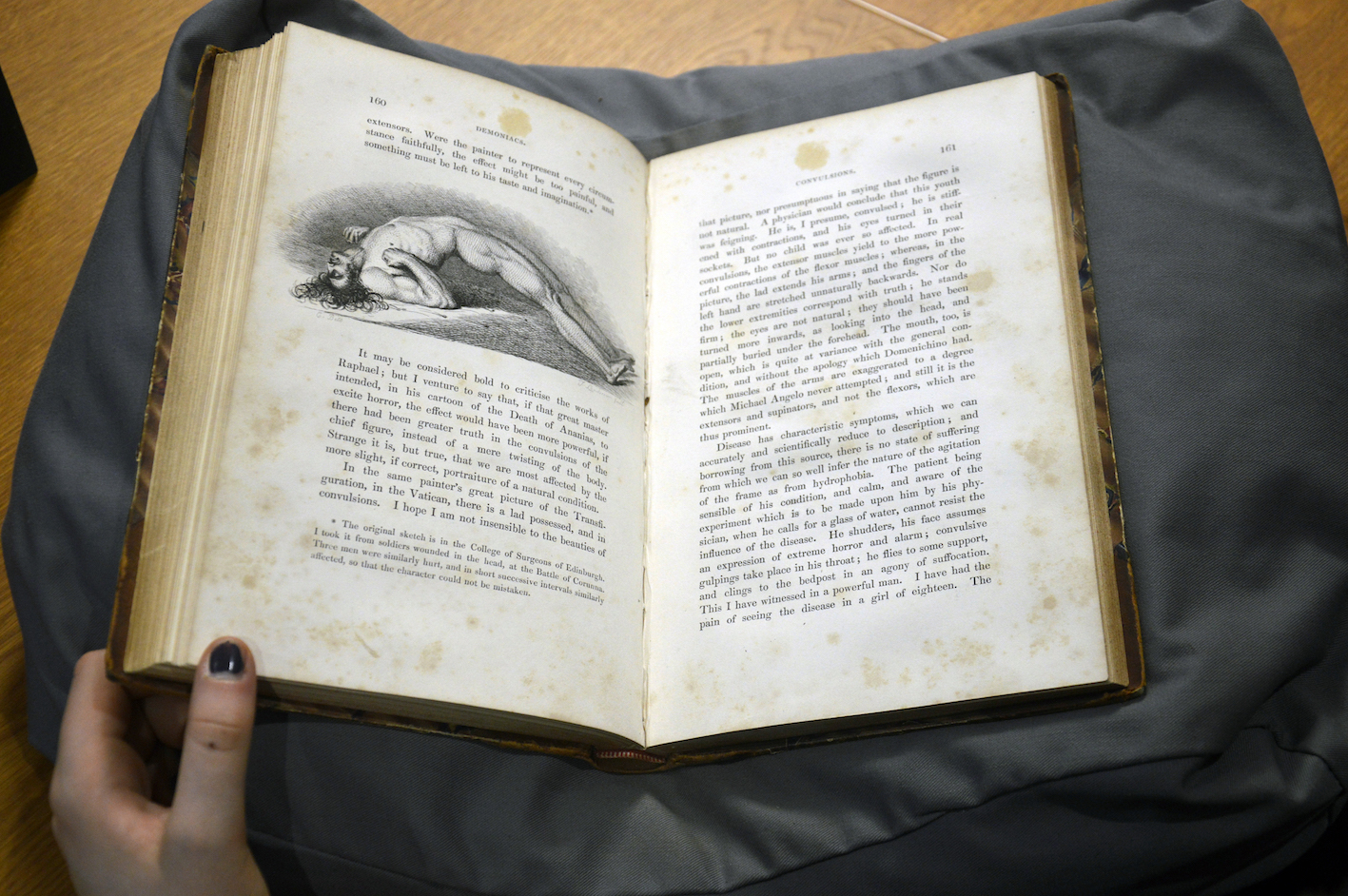
The nature of such illustrations is a far cry from objective anatomical diagrams that today we would associate with medical illustrations. For example, to represent the depiction of ‘convulsions’ Bell engraved an image of a muscular man mid thrust of his arms. There is no context to the man’s ‘convulsions’, however, Bell portrays this ‘emotion’ as an artist would in a painting. The small figure looks as if he was excerpted from out of a larger history painting. This manner of representing ‘convulsions’ is thus indicative of the blurred relationship between natural history and the arts. Bell was neither providing an objective ‘textbook’ to further one’s rational understanding nor was he providing advice solely to improve the artist’s hand. Both were meant to inform each other. The study of expression was then in the process of becoming a more specialised scientific study for ennobled history painters.
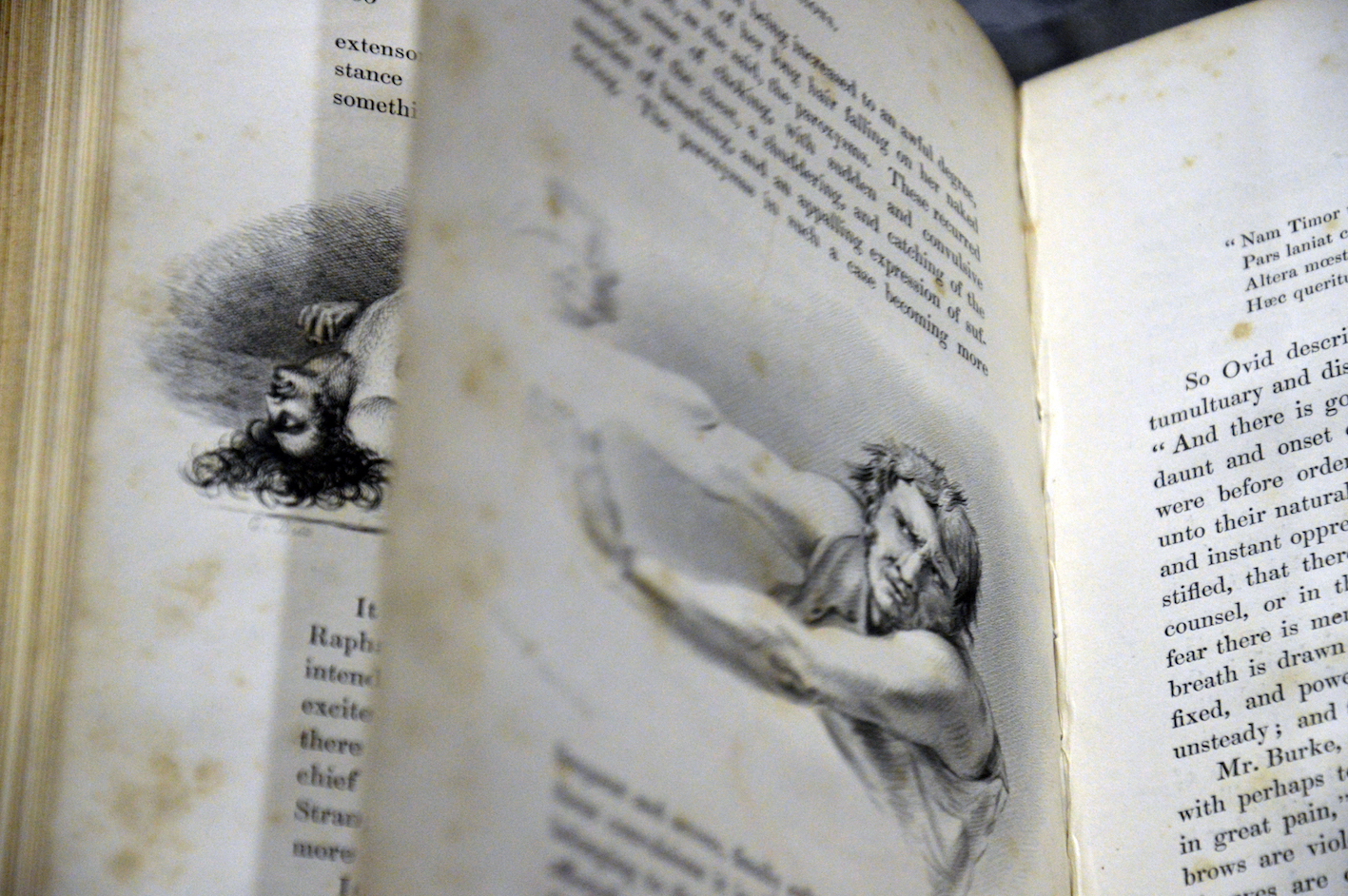
Bell asserted that emotion was an exclusively human trait, a reflection of intellectual and mental life. In his treatise, he compares animals to humans both visually and textually. Human emotions were multiple and complex, whereas animal expressions were few and generalised. Bell asserts that humans have the necessary muscles for the capacity of expression whilst animals do not. This echoes the natural theological argument that man was situated at the top of the natural hierarchy. Furthermore, this is reflected visually in the stark contrast of how the animals and humans are presented: the human figures embody an expressive, gestural quality whilst the animals are depicted in greater anatomical detail.
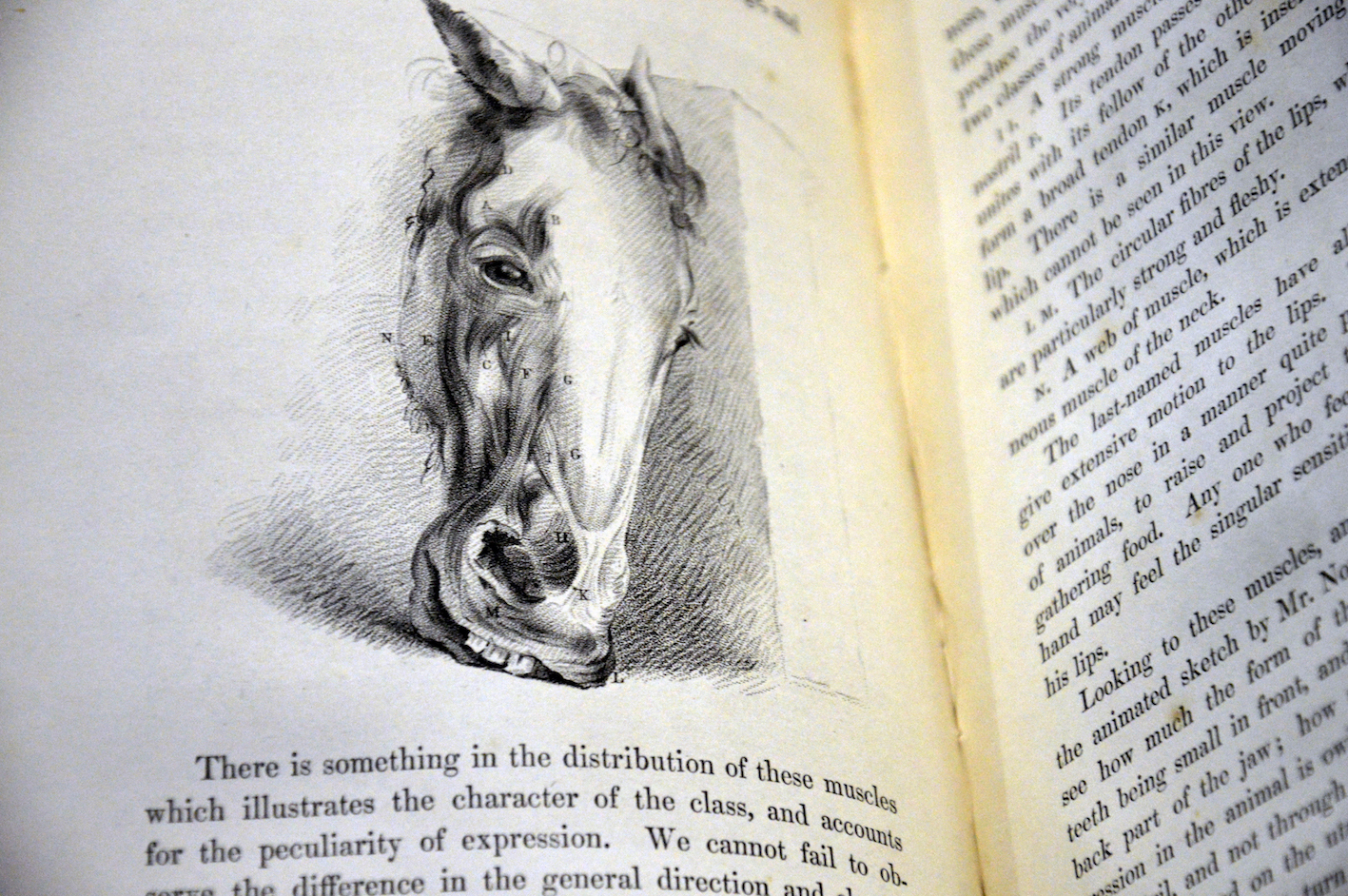
Whilst the majority of the expressions are depicted in a characteristic manner, some illustrations are more explicitly anatomical in nature. Rendered in a tighter more detailed manner, they direct the artist to an understanding of expression below the surface both physically and metaphorically.
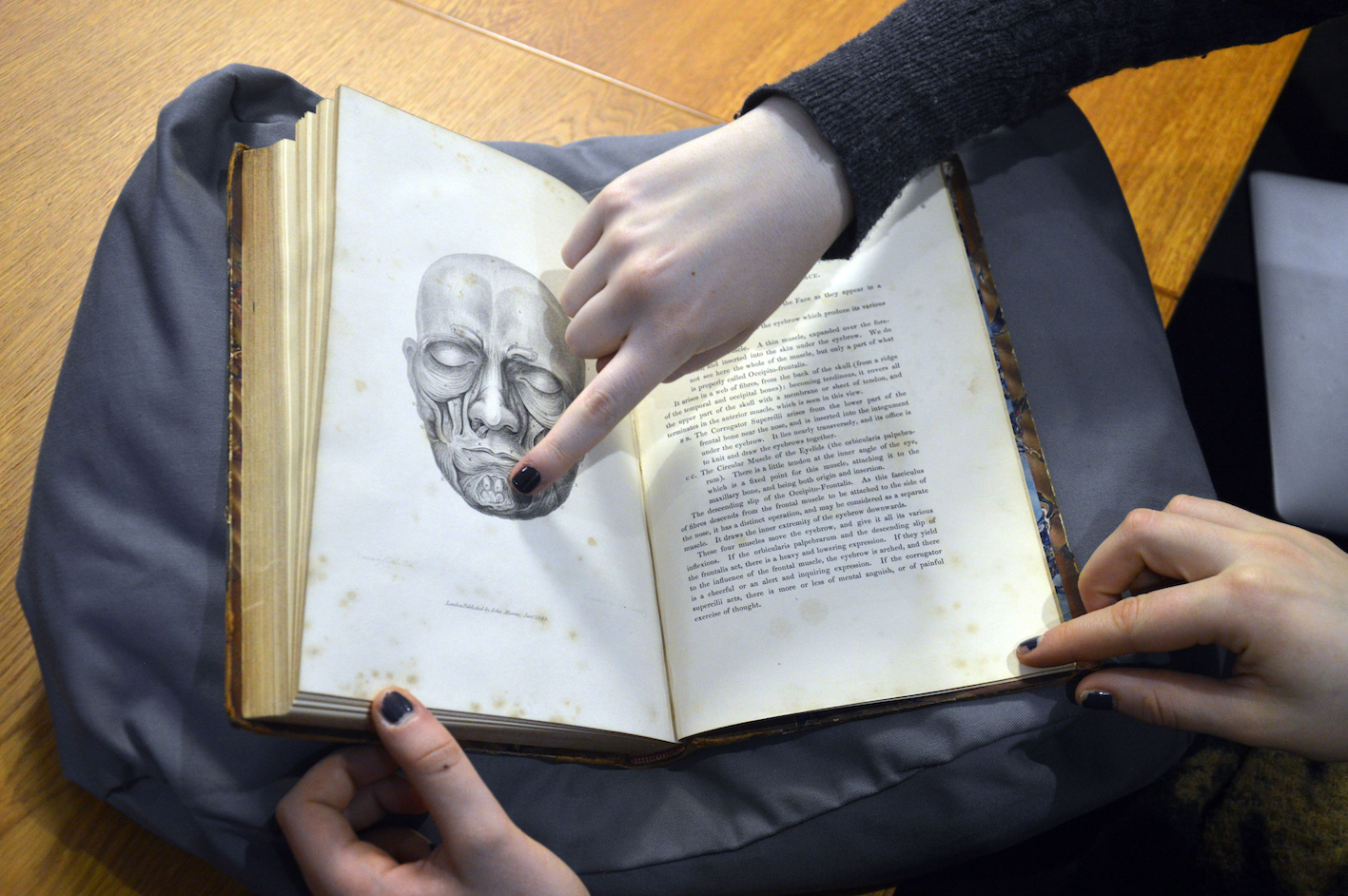
In sum, the dichotomy between the finer, detailed anatomical portrayal of human figures, and the characteristic depiction of expression echoes the wider contextual framework of natural philosophy and the arts. Ultimately, his treatise was aimed at artists whilst Bell himself was a distinguished anatomist.
Paula Akyol, Abbey Taylor, Valeria Duca
Further reading
Frederick Cummings, “Charles Bell and the Anatomy of Expression,” Art Bulletin 46/2 (1964): 191-203.
Allister Neher, “Sir Charles Bell and the Anatomy of Expression,” RACAR: Revue d’Art Canadienne / Canadian Art Review 33/1-2 (2008): 59-65.
Sir Charles Bell, Engravings of the Arteries Illustrating the Anatomy of the Human Body, and serving as an Introduction to the surgery of the arteries, Philadelphia: Published by A. Finley, … William Fry, printer, 1814. Fully digitised copy from U.S. National Library of Medicine available here.
Fully digitised copy of the 3rd edition from Cambridge University Library is available here.
